|
Dec
13
2021
|
|
Posted 4 years 5 days ago ago by Admin
|
|
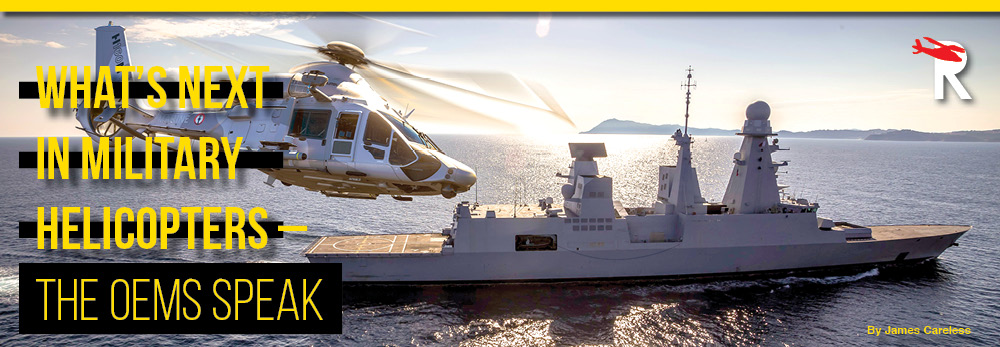
Military helicopters have always been the driving force for innovation in the entire rotorcraft sector. With this fact in mind, Rotorcraft Pro spoke with major military helicopter OEMs to find out what new, advanced rotorcraft they’ve got ready to fly now, what’s in immediate development, and what is being planned for the future.
Airbus Helicopters
Airbus Helicopters is currently developing two military helicopter platforms: The H160M and the VSR700.
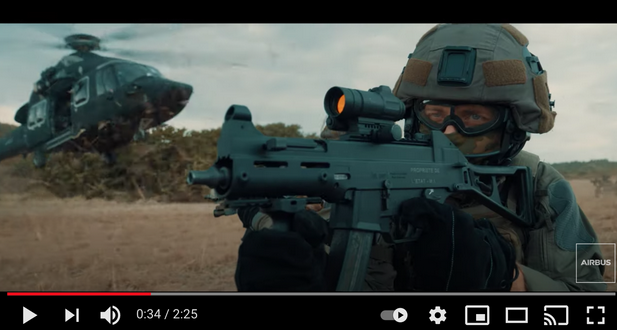
Based on the civil H160, the H160M is designed to replace five legacy helicopters being used by the French Air Force, Army, and Navy under their joint HIL (Hélicoptère Interarmées Léger: Light Joint Helicopter) program. As such, the H160M will be able to perform a variety of tasks ranging from reconnaissance through light attack, maritime surveillance, surface warfare, national airspace protection, and search and rescue (SAR).
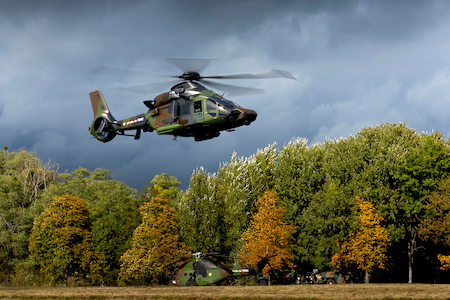
“Equipment will be adapted to each branch’s missions,” said Airbus Helicopters in written answers to Rotorcraft Pro’s questions. “For example, the H160M will be able to carry a light anti-ship missile and will be equipped with a fixed array radar when operating for the Navy.”
Airbus Helicopters’ VSR700 is an unmanned aerial system (UAS) derived from the Guimbal Cabri G1 two seater aircraft, which is being developed specifically for the French Navy. “It will be able to fly ISTAR (intelligence, surveillance, target acquisition, and reconnaissance) missions for up to 10 hours,” Airbus Helicopters told Rotorcraft Pro. “In the future the VSR700 will be equipped with other systems to conduct a broader set of missions like SAR or anti-submarine warfare.”
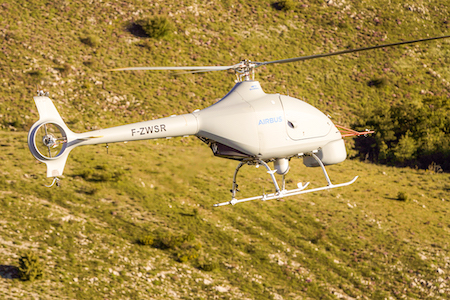
Looking forward, this OEM is monitoring European efforts to define specifications for the next generation of rotorcraft, such as the NATO Next Generation Rotorcraft Capability program, which is focussed on utility helicopters.
“One option is to go for fast rotorcraft with long range capabilities,” said Airbus Helicopters. “Our X3 demonstrator was able to reach 487 km/h in 2013. We are currently assembling the Racer demonstrator to further push the concept.” This work is being done as part of the European Research Clean Sky 2 project. The goal is to optimize the X3 for a cruise speed of more than 400 km/h while striking the best balance between speed, cost-efficiency and mission performance.
“Our customers may also require conventional helicopters with other features like stealth, in particular in terms of sound levels,” Airbus Helicopters noted. As well, the company is researching sensors enabled by artificial intelligence to improve data acquisition/processing and flight management. They are also teaming helicopters with drones. Airbus Helicopters tested this MUM-T (manned-unmanned teaming) concept in an April 2018 trial; an airborne H145 took control of a UAV at the Level 5 full automation setting, including remotely controlled takeoffs and landings.
Bell
Bell is staking its military future on the V-280 Valor and the Bell 360 Invictus, in a bid to supply next generation helicopters to the U.S. armed forces (through the Army’s Future Vertical Lift initiative), plus other military allies around the world.
The Bell V-280 twin-engine tiltrotor can carry 12 passengers with a crew of four up to 500 nautical miles (nm) at 280 knots/hour. The Bell 360 Invictus is an aerial weapons platform flown by two crew members. It can carry a 20 mm cannon and a modular effects launcher (to accommodate existing and future forms of ordnance), with support provided for air effects integrations. The Bell 360 cruises at 180 knots/hour with a 400 nm range. Assuming 60 minutes on station, its combat radius is 165 nm.
Meanwhile, the unmanned Bell V-247 Vigilant tiltrotor can support missions such as aerial escort/refuelling, anti-submarine warfare, ISTAR, personnel recovery, and precision air strikes. When a helicopter doesn’t have to carry a crew aloft, range improves: The V-247 can fly up to 2,500 nm at a speed of 300 knots/hour.
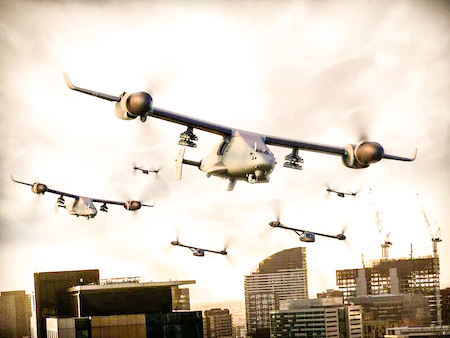
On the unmanned side, Bell’s Autonomous Pod Transport (APT) prototype is revolutionizing the supply of troops in remote and dangerous locations. With its four vertical rotorcraft engines built around a central cargo pod, the APT can lift off, hover, and land like a helicopter while flying from one point to another like a conventional fixed-wing aircraft to maximize speed and range.
Conceptually, “Bell’s APT is in the electric vertical takeoff and landing (eVTOL) family of vehicles that Bell is developing to reach speeds of more than 100 miles per hour and has a baseline payload capability of 70 pounds. (Blakeley Thress, a Bell spokesperson, said it recently demonstrated carrying payloads of over 100 pounds and added, “Bell’s APT systems allow for flexible mission capabilities while keeping operations simple, efficient, and fast. It is capable of twice the speed and range of a conventional multirotor, and the vehicle is designed for rapid deployment, quick reconfiguration, and nimble battery swap and recharge.”
Leonardo Helicopters
Leonardo Helicopters’ website (www.leonardocompany.com) describes its manned AW249 attack rotorcraft (hosting a 20 mm cannon plus six wing-store stations for fuel tanks and ordnance) as “the only new combat helicopter currently being designed.” The company’s next generation military portfolio is fleshed out by AWHERO, a helicopter-like multi-mission drone with a ‘useful payload’ of 187 pounds (85 kg).
“AW249 is being developed under an Italian Army’s contract to replace the fleet of AW129 exploration and escort helicopters and is offered to the international market,” said a Leonardo Helicopters spokesperson. “It allows aircraft in this class to perform a leap forward in human machine interface, maintainability, survivability, situational awareness in a network-centric warfare battlefield and growth potential with also MUM-T capabilities.”
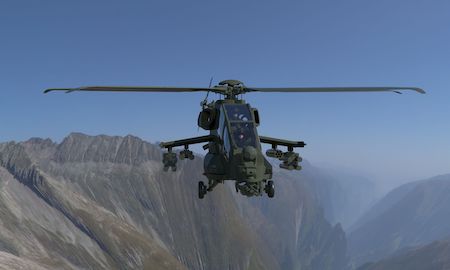
Regarding AWHERO: “This multi-role rotorcraft unmanned systems under development is bound for certification, perfectly suited to meet a range of market requirements,” the spokesperson told Rotorcraft Pro. “It benefits from the unique combination of rotary-wing platform and system/sensor integration capabilities at Leonardo, allowing the company to enter a new, promising market as part of its system design roadmap evolution strategy, which includes smart helicopters, fast rotorcraft and rotorcraft unmanned systems).”
Looking to the future, the Leonardo Helicopters spokesperson expects both manned and unmanned military rotaries will achieve big advances in design and capabilities similar to what’s happening with fixed-wing assets. The spokesperson also predicts that rotaries will also benefit from advances in AI and capability to fly autonomously and that “fast rotorcraft, mainly through the U.S. DoD Future Vertical Lift program, will see the adoption of innovative architectures to support evolving requirements resulting from recent military doctrine advances, mainly around the MDO (multi-domain operations concept).”
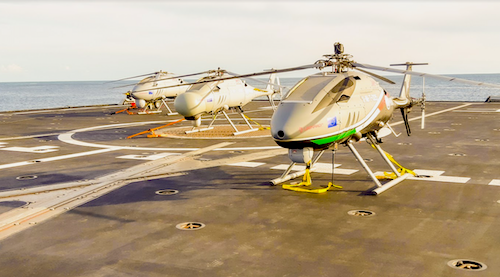
The challenges in making this happen will be technological and operational in a way that is affordable and reliable to support the warfighter on the battlefield, the spokesperson observed. “More for less is the big point that industry will need to address as it evolves into the future solutions it is developing now.”
MD Helicopters
Although perhaps better known for its civil rotorcraft, MD Helicopters has solid entrants in the military light scout attack market with its MD 530F Cayuse Warrior, MD 530F Cayuse Warrior Plus, and MD 969 Armed Twin helicopters.
Mindful of opportunities in this market, MD Helicopters is keeping a close eye on military aviation trends. “Customers want to be able to communicate and send data/photos/video feed from the aircraft so data link upload/download capability is a high priority,” said Steve Lapping, the company’s director of military sales. Also precision guided munitions (PGMs) including laser guided rockets are in high demand, due to the lower cost of these rockets versus missiles when used for the right type of target.
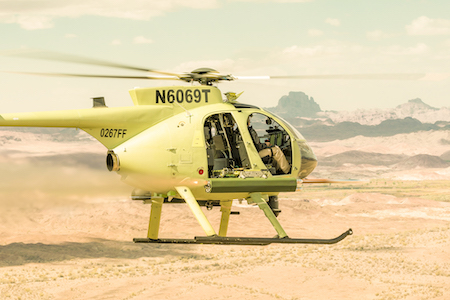
To meet military program demands, MD Helicopters is focussing its product development efforts on personnel and aircraft survivability, crash-worthy fuel tanks, better and lighter weight ballistic protection, and aircraft survivability equipment. The Next Big Hurdle that needs to be cleared in military helicopter design is “weight versus performance,” Lapping noted. “Every pound added to the aircraft takes away from performance, so all this new equipment is great, but at what cost to performance? We must continue to design better and lighter mission equipment as directed by the end-user customer.”
Sikorsky (a Lockheed Martin company)
The core of Sikorsky’s cutting-edge military helicopter efforts are built around its MATRIX autonomous flight control system. “MATRIX is like a virtual second pilot that will help operators fly safely and confidently in dangerous and complex missions,” said a Sikorsky Innovations spokesperson. “It can leverage full authority flight control inputs for autonomous flight, including takeoff, route planning, obstacle avoidance, site selection, and landing. The system allows for zero, one or two pilots to operate an aircraft.”
Along with Bell, the U.S. Army has selected Sikorsky and the Sikorsky-Boeing team to compete in the next phases of its Future Vertical Lift programs. Raider X is Sikorsky’s offering for the Future Attack Reconnaissance Aircraft (Bell’s entrant is the V-280). Defiant X is the Sikorsky-Boeing solution for the Future Long-Range Assault Aircraft (Bell’s is the 360 Invictus).

“Raider X will fully integrate the strengths of Lockheed Martin (Sikorsky’s parent company) such as digital thread (making digital ‘twins’ of physical aircraft systems that mirror wear due to flight hours and incidents), advanced manufacturing, sustainment, training, and weapon and mission system development to provide the Army with an integrated weapons system that combines speed, range, maneuverability, survivability, and operational flexibility to execute multi-domain operations,” said the Sikorsky spokesperson. “Defiant X will change the way the Army fights by enabling crews to fly low and fast through complex terrain, land quickly, deliver soldiers and equipment to the objective area (referred to as ‘the X’) and get out.” According to the company, Defiant X can fly twice as far and fast as the Sikorsky Black Hawk helicopter it is designed to replace.
Sikorsky is harnessing digital design technology to streamline the manufacturing and operational costs of its next generation military helicopters. “To do this, we are leveraging an established, low-risk manufacturing capability augmented by a more than $600 million investment in digital thread and advanced manufacturing,” the spokesperson said. “Today, all of Sikorsky's programs are born in a digital environment. The power of this digital thread drives affordability, producibility and reliability across the aircraft lifecycle.”
“Moreover, we are in an interesting time in history as an industry; there is the potential for a propulsion revolution,” the spokesperson added. “We continue to be a strong believer that electric propulsion can greatly simplify a VTOL vehicle while enhancing its mechanical safety and reliability.”